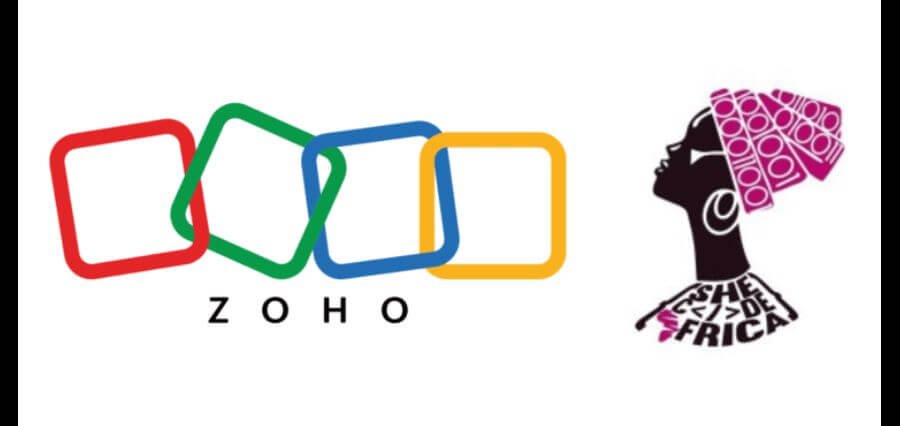With the AI-driven era of remote work, data overflow, and hyperbolic innovation, leadership itself is evolving. No longer was it based on strategic thinking or command of operations only; it requires something more nimble, more responsive, and more digitally savvy today: digital dexterity.
Digital dexterity is the capacity to navigate through, adopt, and guide digital transformation. It’s not merely acquiring the skills to work with new technologies—it’s being sensitive to how digital technology, platforms, and cultures redefine the way we work, compete, and create value. Digital dexterity is no longer a nice-to-have; today, it’s a differentiator.
More Than Tech-Savvy: A New Form of Intelligence
Digital dexterity is not about coding ability or app proficiency. It is a multifaceted competence incorporating digital literacy, agility, collaboration, and change leadership. Digital dexterity leaders are not only comfortable with disruption but are spurred by it. They look for patterns within chaos, see opportunities in ambiguity, and drive digital potential to tangible breakthroughs.
It is this kind of thinking—not merely technical acumen—that distinguishes digitally empowered leaders. They ask the right questions: How does this enable my people? How can automation unlock creative power? What are data’s ethics when it comes to this algorithm? And perhaps most importantly: how do we remain human-focused in digital change?
Building Cultures That Embrace Digital Change
Digitally agile leaders get it that digital transformation isn’t a technology upgrade—it’s a cultural one. Technology is just as good as the people who wield it, and innovation only germinates where change is an open welcome mat, not an endangered door.
This includes creating experimentation cultures, ongoing learning, and cross-functional cooperation. It includes inviting teams to experiment, iterate, and share openly. It also calls on leaders themselves to be open—to acknowledge when they don’t know and actively seek to learn from others.
Such leaders dissolve silos and give power to a variety of voices. They understand digital fluency exists in multitude forms and that the most brilliant ideas tend to be found where disciplines, departments, and experience intersect.
Agility and Speed as Strategic Advantages
Speed is of the moment in our digital age—but so is sound judgment. Digital dexterity allows leaders to act quickly without racing ahead of caution. They understand when to double down and when to pivot, marrying aggressive action with measured risk.
Agile leadership is not chasing every trend—leading the creation of the capacity to quickly align strategy with digital potential. For example, learning how generative AI could revolutionize customer service, how blockchain allows procurement automation, or how real-time data can drive resiliency in the supply chain takes leaders who can deconstruct complex inputs and deliver timely inputs to inform decision-making.
Digitally agile leaders don’t respond to change—rather, they lead it and shape it.
Bridging Generations and Talent Gaps
Today’s workforce spans several generations, each with differing degrees of comfort with the digital. Closely tied to one of the most important prerequisites of digital dexterity is to bridge these gaps—coaching, upskilling, and bringing workers together around a common vision for the digital.
This is not about rolling out training programs. This is about building digital literacy into leadership development, creating reverse mentoring initiatives, and creating the spaces in which younger digital natives and older professionals can learn from one another.
Talent strategy is a call to action for leadership. Wonderful digital leaders are talent magnets—not because they are versed in every tool, but because they create spaces where others can grow and flourish.
Data-Driven, Human-Focused Leadership
In the data age, decision-making is increasingly based on dashboards, analytics, and KPIs. But digitally literate leaders blend data discipline with emotional intelligence. They get that while data might tell them what to do, it can’t provide empathy, context, or judgment.
This balance is even more important in fields such as algorithmic decision-making, AI ethics, and employee monitoring—where digital technologies need to be utilized with openness and reserve. Management needs to encourage responsible innovation, making sure that digital advancement aligns with organizational values and stakeholder trust.
Digital dexterity is all about leveraging technology to augment humanity, not substitute for it.
Leadership Development for the Digital Future
Companies that are to succeed need to reframe their leadership pipelines. Time-tested abilities—like operational excellence or financial expertise—are still necessary. But they need to be supplemented with digital fluency, flexibility, and systems thinking.
It is about integrating digital exposure at the outset of leaders’ careers, providing cross-functional tours of duty, and focusing on experiential learning rather than fixed training. It is about making accountability not only for outcomes, but for the extent to which they embody digital curiosity and sponsor transformation.
The future is for leaders who are not only good, but digitally adept—who lead by example, are comfortable with ambiguity, and encourage others to use technology as a force for collective success.
Conclusion: The Edge That Lasts
As digital disruption gathers pace in all industries, the gap in leadership will grow between the accommodators and the resistors. Digital dexterity is not a luxury—it is the currency of relevance and resilience.
The survivors will be those who marry digital smarts with human instinct, who take the complex and make it simple, and who understand that transformation requires a team, not a solo effort. They will not just survive the digital era—they will build it.
Last, the future leadership advantage is not in the new technology or buzzword. It’s in the attitude that views every disruption as an opportunity to lead differently—and better.





